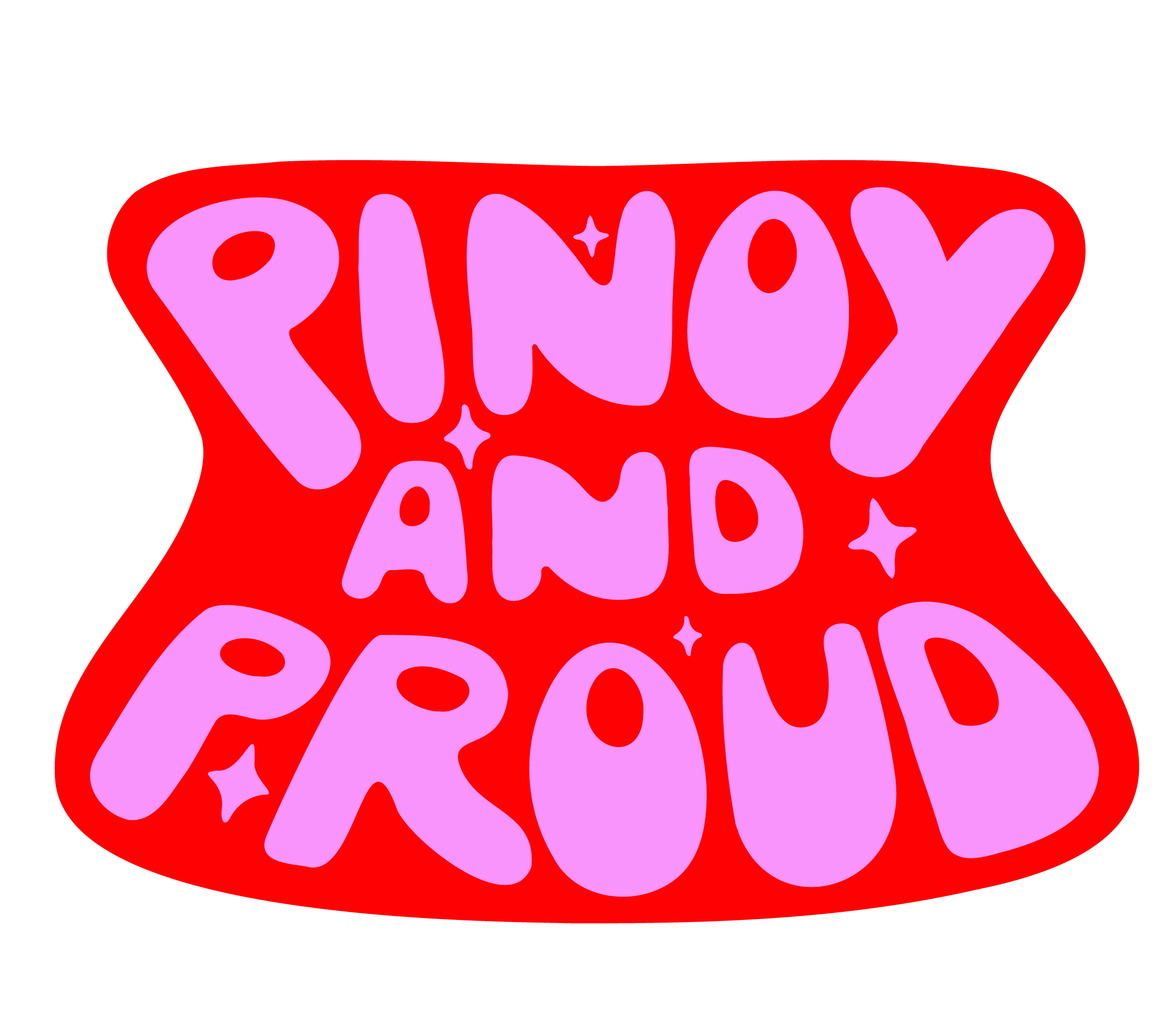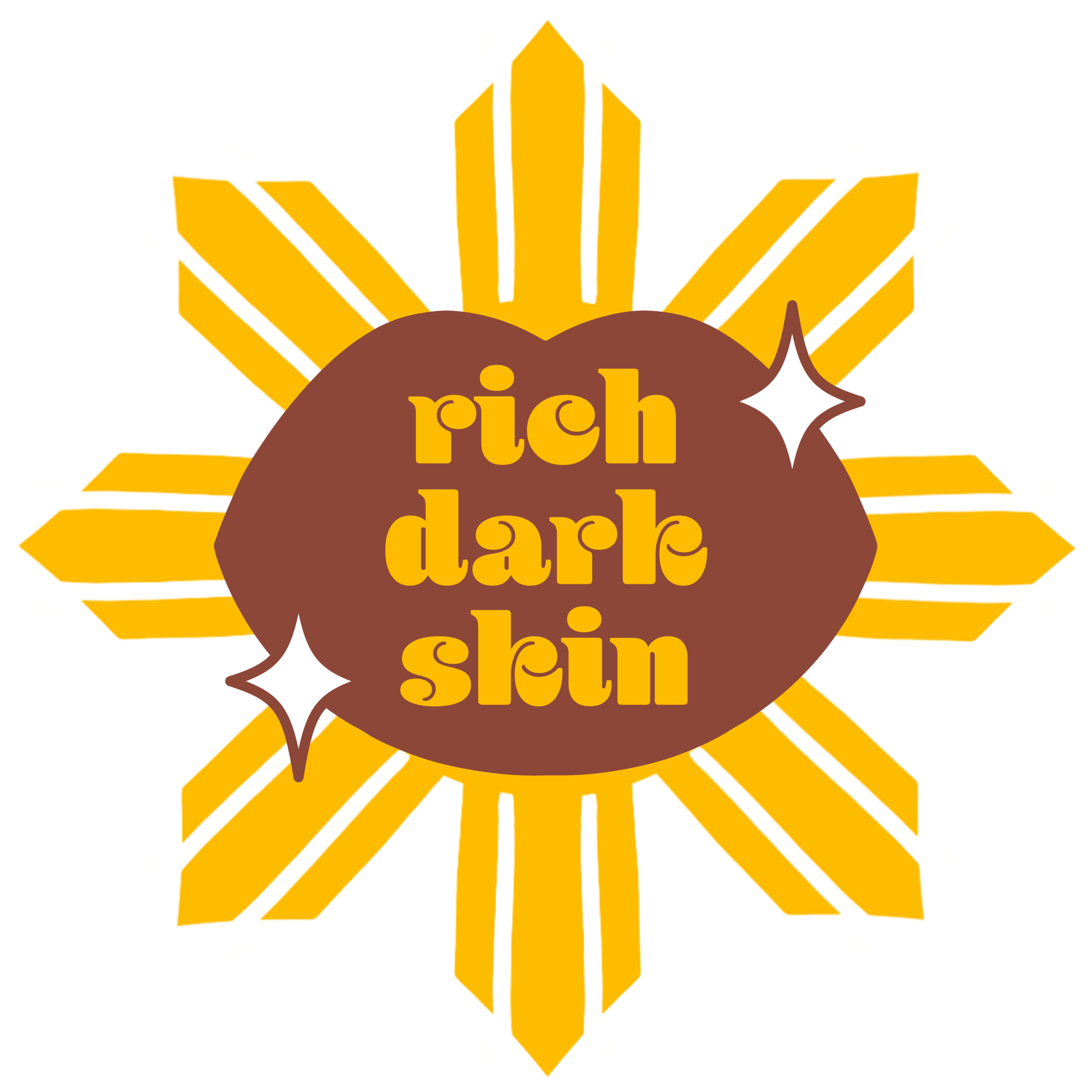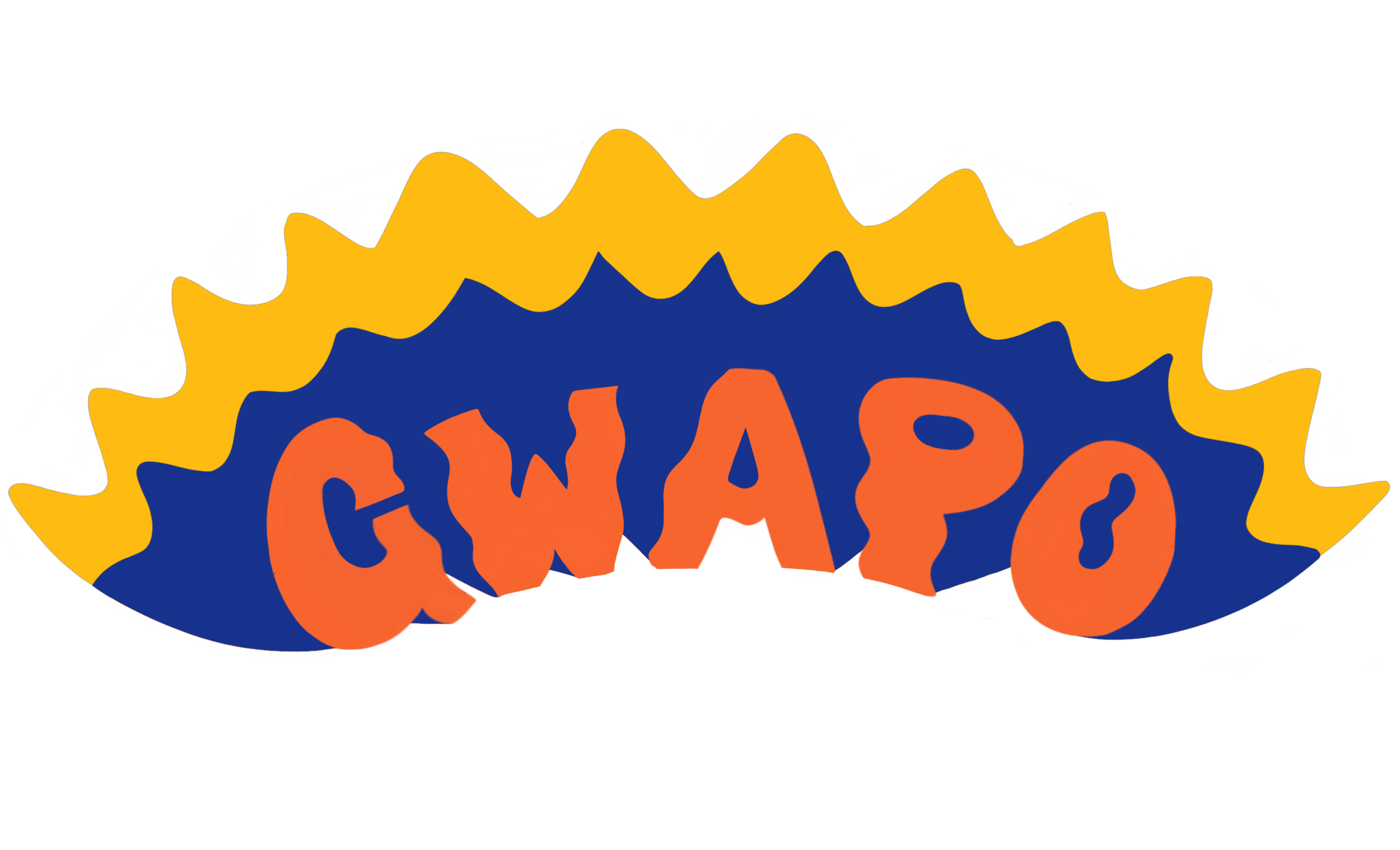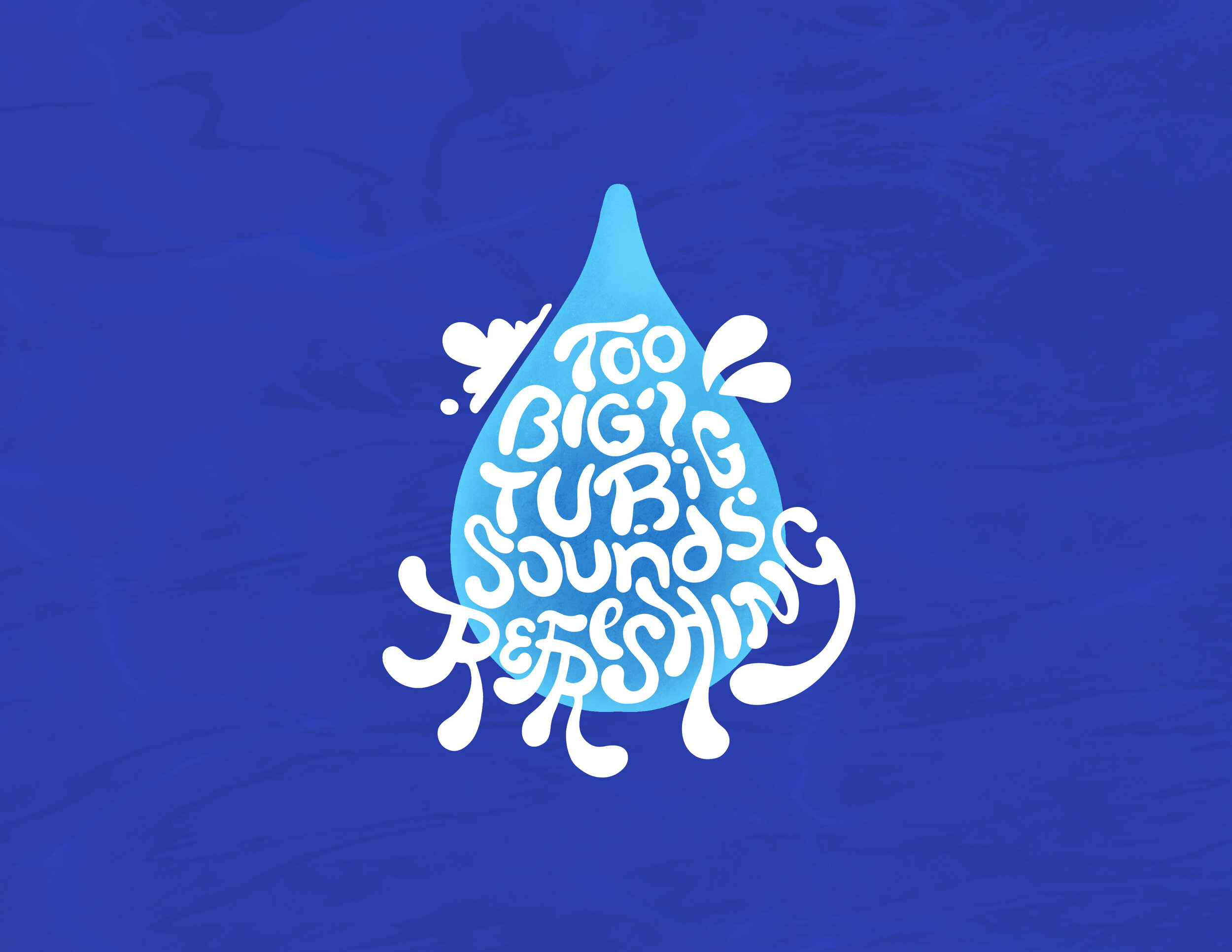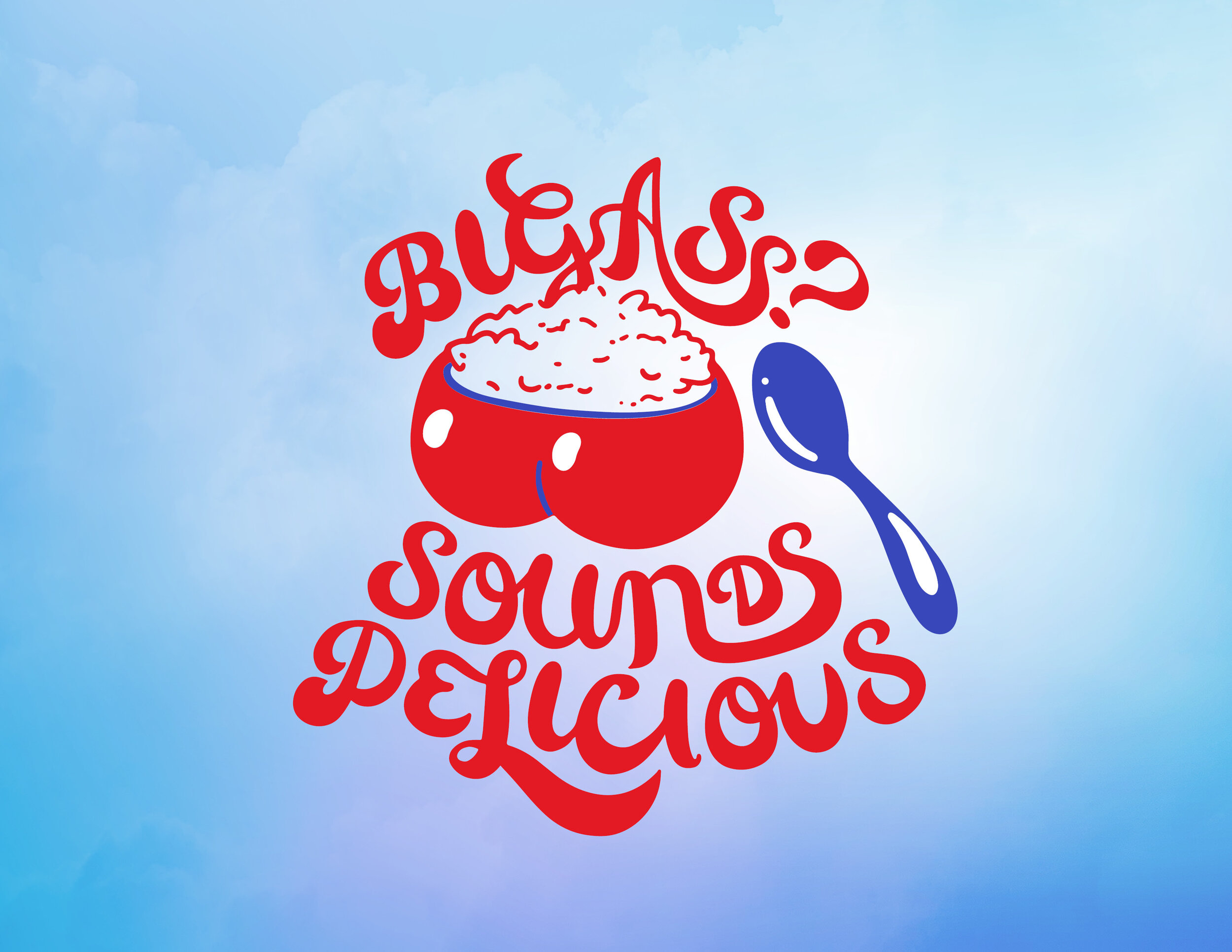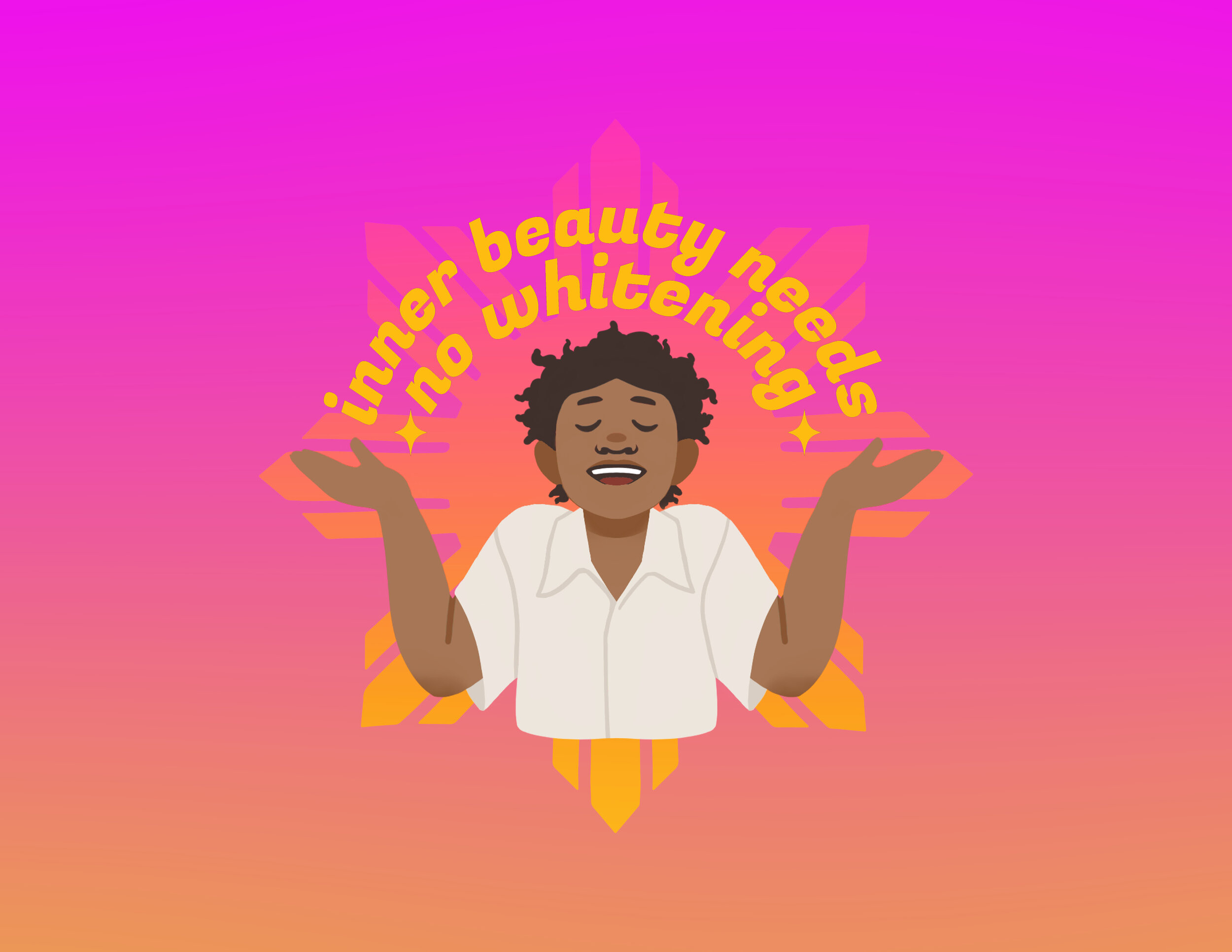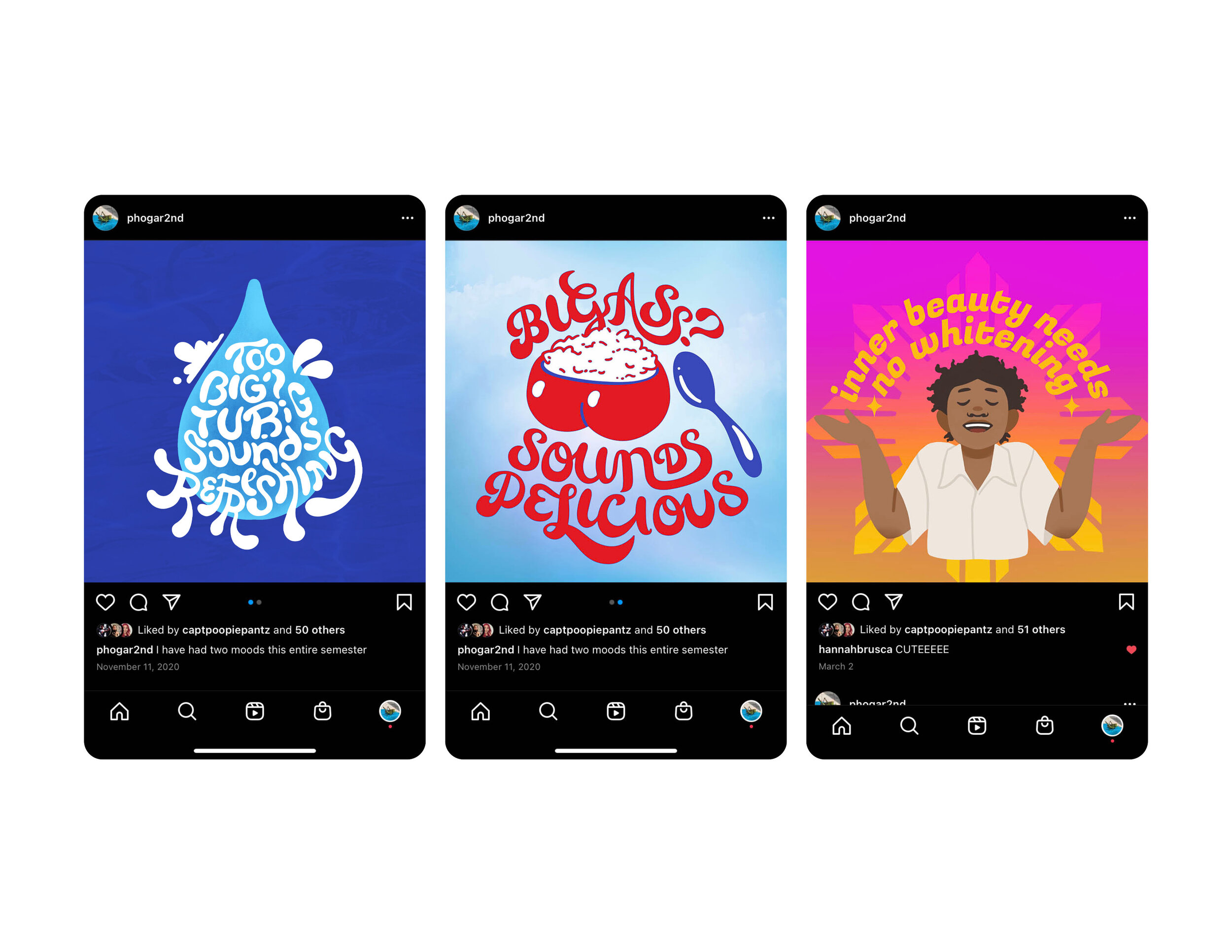
Pinoy and Proud
Spring 2021 Honors Thesis
Pinoy and Proud addresses harmful Filipino beauty standards by shifting the focus away from the current colorist message to one about celebrating Filipino bodies as they are. Rather than simply critiquing the negative standards, the series of social-media friendly graphics denies them of additional attention and instead playfully inspires us to take pride in our diversity.
Growing up watching Filipino shows on TV, I noticed that mixed-race “mestizas” were given more screen time and acting roles, and all the pageant queens promoted whitening beauty products. These products, many of which contain dangerous levels of mercury and hydroquinone, literally bleach the natural color out of your skin! While my face does have privileged mestiza features like lighter skin, a defined nose bridge, and slightly slanted eyes, it breaks my heart that people who share my culture would be convinced that being more Filipino makes you less beautiful.
The process for Pinoy and Proud started by researching the history of beauty standards in the Philippines, advertisements for beauty products, representation in media, and blog posts about personal experiences.
Screen captures of advertisements for products sold to Filipino audiences. The text in the top left ad translates to: “10% lighter. 100% more social. Dude, take care of my car, okay?”
The Philippine obsession with Westernized features is rooted in centuries of colonization, when Filipinos began to associate power with people who had lighter skin, long, straight hair, and tall noses. This colorist ideal is perpetuated by advertisements for surgical procedures, hair rebonding, and skincare products that promise to reveal one’s “natural whiteness.” Many celebrities on TFC are either mixed-race, lighter skinned Filipinos, or endorsers of skin bleaching, while dark skinned, chubby, and short people often play comic relief characters.
This research was reinforced by interviews I conducted with Filipina family and friends on their relationship with beauty standards. A female family member mentioned that marrying foreigners with the intent to have mestizo babies and foreign last names is a common practice, suggesting that Filipinos see their own heritage as something to hide.
From this research, I identified keywords and symbols. The eight-rayed sun, which represents hope, unity, and freedom in the national flag, repeats throughout the series.
I also kept revisiting the concept of food because of the fun relationship between Tagalog words and their false cognates in English. I initially felt weird about comparing people to consumable commodities, especially since makeup brands frequently label foundation shades with food names, but this connection to food culture punctuates how we can exist in many forms and still be delicious.
Inspired by expressive hand lettering stickers common on social media, I sketched these concepts traditionally, developed them digitally, and experimented with combining illustrative designs with bold, playful type.
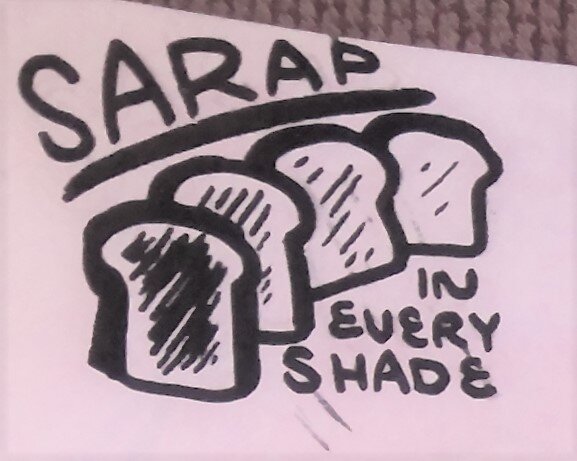
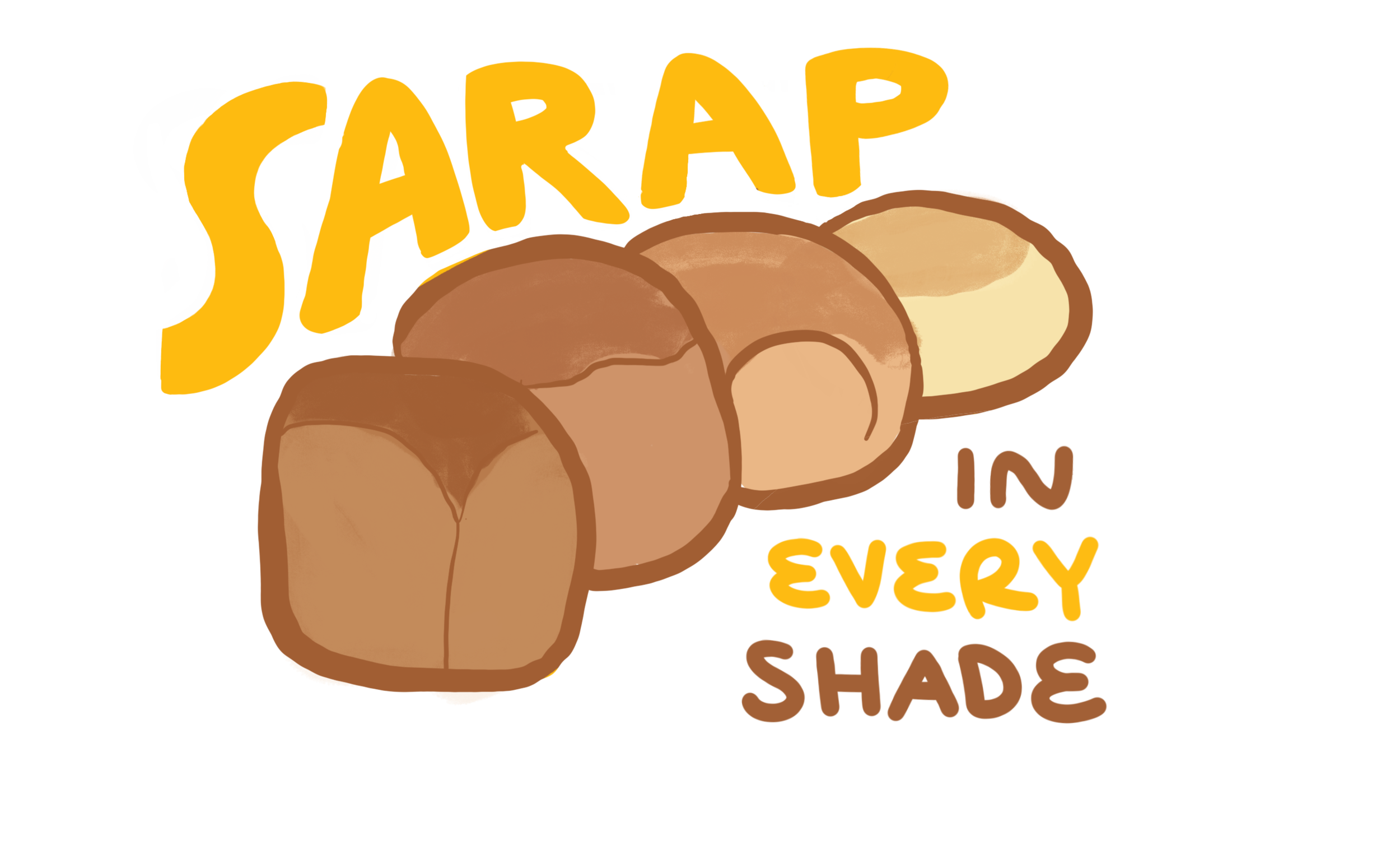
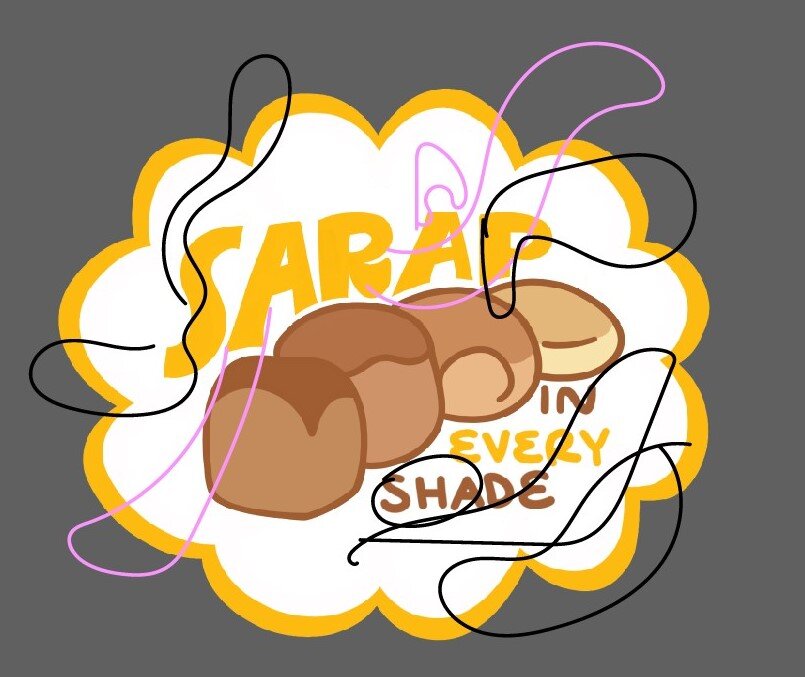
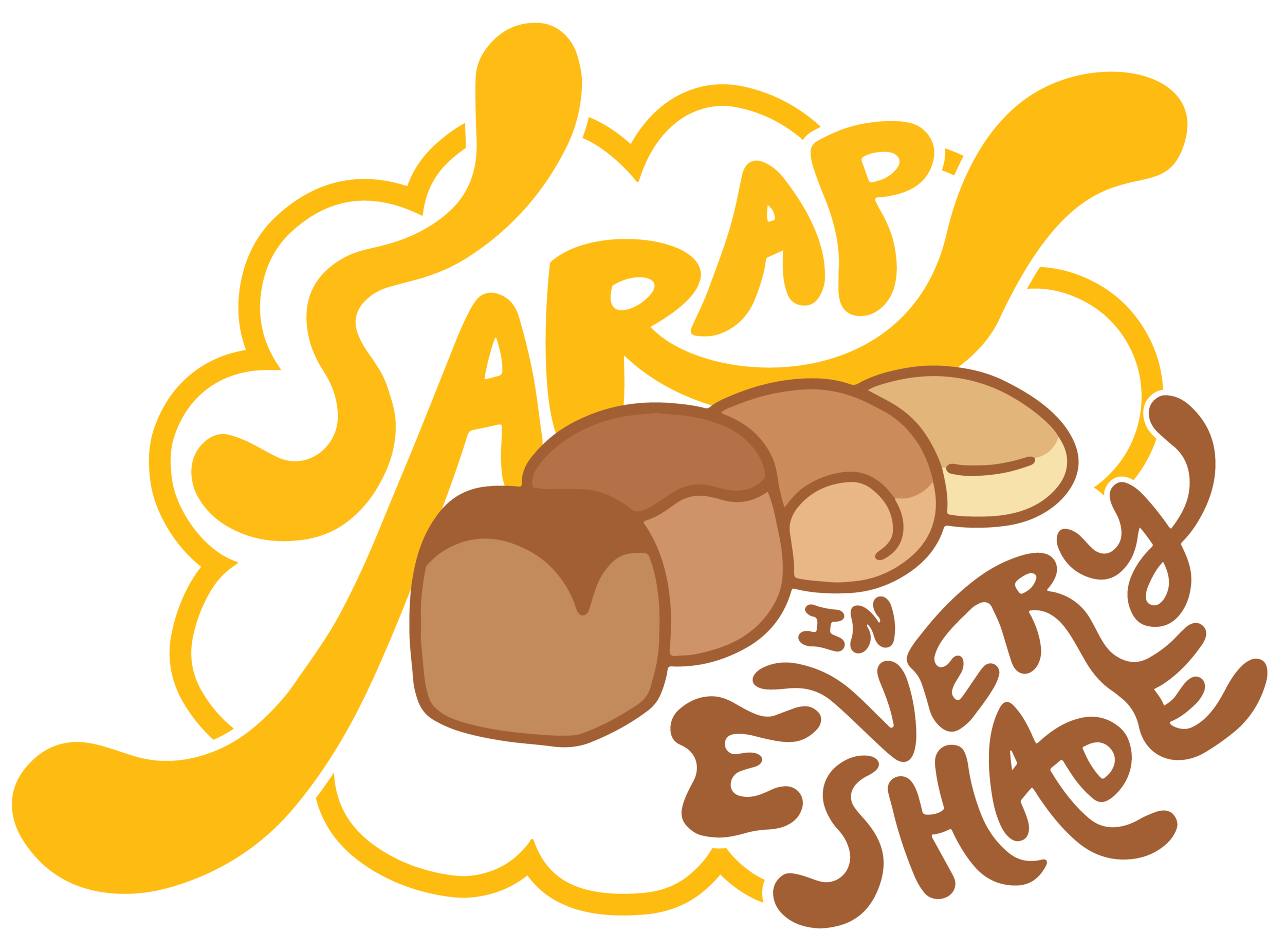
The result is a set of bright graphics perfectly suited for spreading joy over digital platforms. The positive messages that they carry encourage confidence in Filipinos whose beauty falls outside the impossibly narrow definition. In a world where digital negativity is ubiquitous, seeing this kind of joy on stickers, pins, wallpapers, and social media posts could provide moments of respite that people seek and deserve.
